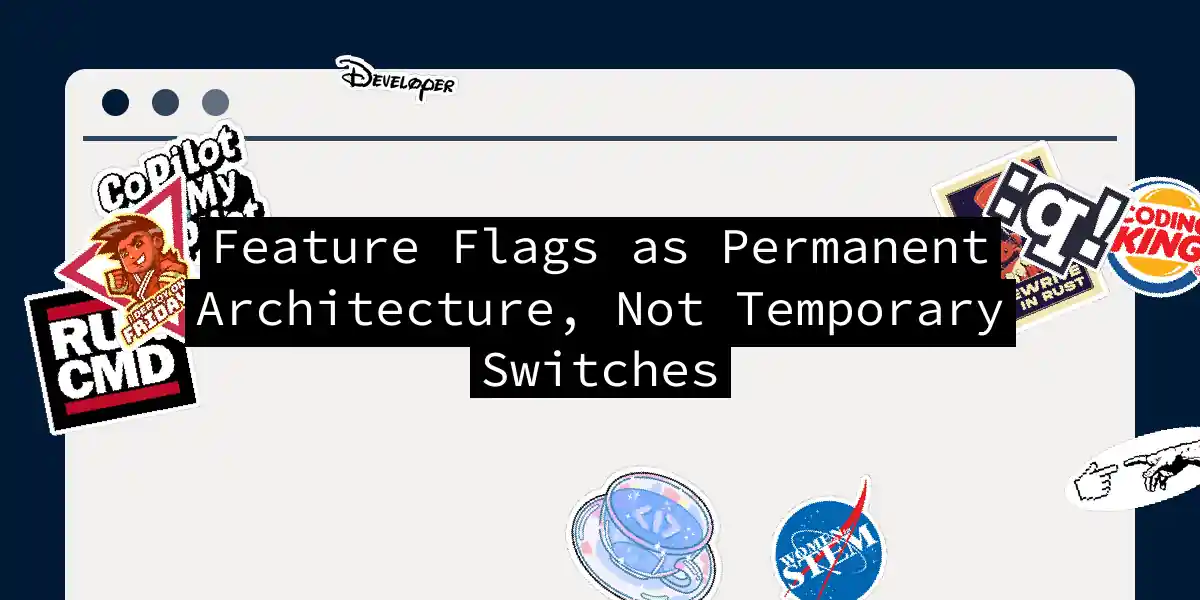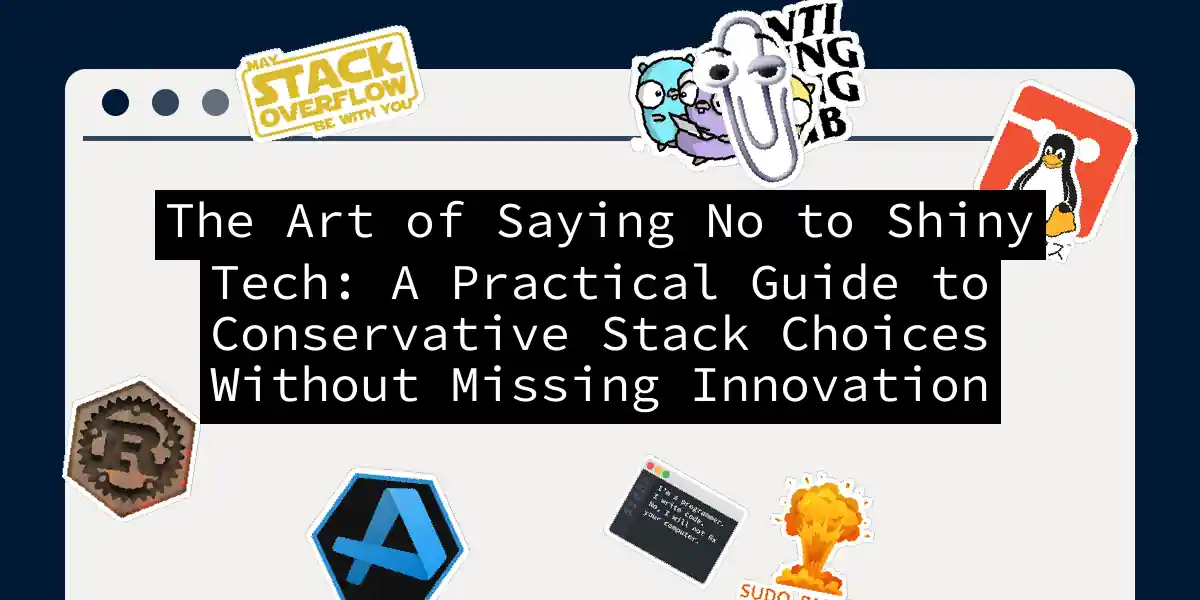
Measuring and Improving MTTR in Your Engineering Team: From Chaos to Predictability
There’s a moment every engineer dreads—that 3 AM alert when something critical goes down, and suddenly your team is in full firefighting mode. The real question isn’t if systems will fail (they will), but how quickly you can get them back online. That’s where Mean Time to Recovery (MTTR) comes in, and it’s honestly one of the most underrated metrics in engineering. Not because it’s complex, but because most teams measure it wrong or worse—not at all....

Feature Flags as Permanent Architecture, Not Temporary Switches
Most developers treat feature flags like they’re on a temporary visa—useful for a sprint or two, then discarded once the feature ships. That’s like buying a sports car for your commute and selling it the moment you reach the office. You’re missing the entire point. Feature flags aren’t shortcuts. They’re a fundamental architectural pattern that should be woven into how your system thinks about itself. Let me explain why the industry has gotten this mostly wrong, and what actually happens when you treat flags as permanent infrastructure....

The Art of Saying No to Shiny Tech: A Practical Guide to Conservative Stack Choices Without Missing Innovation
If you’ve been in tech for more than five minutes, you’ve probably experienced the siren song of a new framework. Someone tweets about it, GitHub stars climb faster than a SpaceX rocket, and suddenly your Slack #engineering channel erupts with “We need to migrate to this!” By Thursday, half your team is convinced your current stack is basically a Commodore 64 running on floppy disks. The truth? Most of those frameworks will be forgotten by 2027....

Why 'Move Fast and Break Things' Quietly Still Guides Most Startups
If you’ve spent any time in a startup environment in the past decade, you’ve probably heard some variation of this: “If you’re not breaking things, you’re not moving fast enough.” It’s usually delivered with the confidence of someone quoting ancient startup scripture, accompanied by knowing nods and a implicit “this is just how we do things” energy. Here’s the thing: while the internet has collectively decided that “Move Fast and Break Things” is dead—killed by regulators, ethics, environmental concerns, and a general growing up of the tech industry—it’s actually thriving in practice....

Building Resilient Systems Without the Kubernetes Zoo
We’ve all been there. Your team decides that Kubernetes is the solution to all infrastructure problems, and suddenly you’re managing 47 different CRDs, debugging networking issues that seem to violate the laws of physics, and spending more time troubleshooting your orchestrator than actually deploying applications. The irony? You just needed a simple, resilient system. Let me be clear: Kubernetes is powerful. It’s also complex. And complexity is the enemy of resilience....